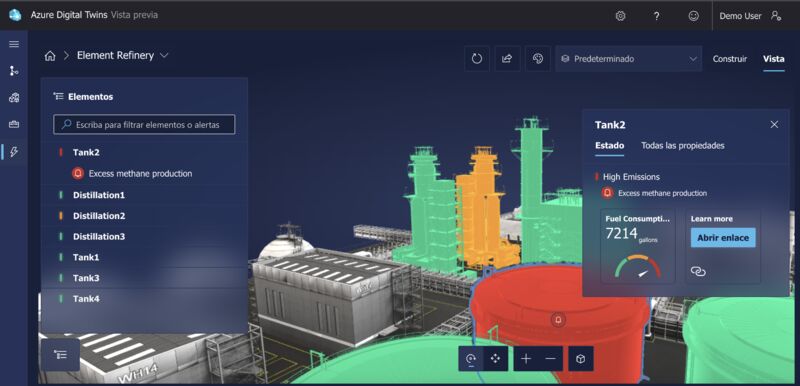Digital Twins should be informative, predictive, and immersive, but not realistic.
Table of contents
Context
It’s one of those things you have to be careful about when designing Digital Twin architectures. Focused only on photorealism models to build Digital Twins instead design your architecture to support informative, predictive, and immersive Digital Twins may open creators up for error.
This approach can lead to different problems:
- Higher cost in the implementation of the 3D model.
- Constant updates in the 3d model on highly changing and dynamic scenarios reduce time to market.
- Focus on the photorealistic representation can cause data models that want to report on the Digital Twin to lose quality and not report correctly.
Fast Keys
How to evolve your architecture to support immersive digital twins?
-
Data collection: This is the first step in assembling architecture resources to build Digital Twins. Data needs to be collected from various sources such as IoT devices, sensors, customer feedback, etc., and stored in a data lake or data warehouse.
-
Data processing: Once the data is collected, it needs to be processed and analyzed to provide insights that can be used to build Digital Twins. This can be done using various tools for data analysis, such as machine learning, artificial intelligence, etc.
-
Digital Twin Platform: Once the data is processed, it needs to be stored in a platform that will be used to create the Digital Twin. This platform should support the storage, manipulation, and management of data from multiple sources. It should also provide access to the data for other applications and services.
-
APIs: APIs are used to enable communication between the Digital Twin and other applications and services. These APIs should be able to access the data stored in the digital twin platform, as well as provide access to other services.
-
User Interface: A user interface should be provided to enable users to interact with the Digital Twin. This interface should be intuitive and easy to use.
